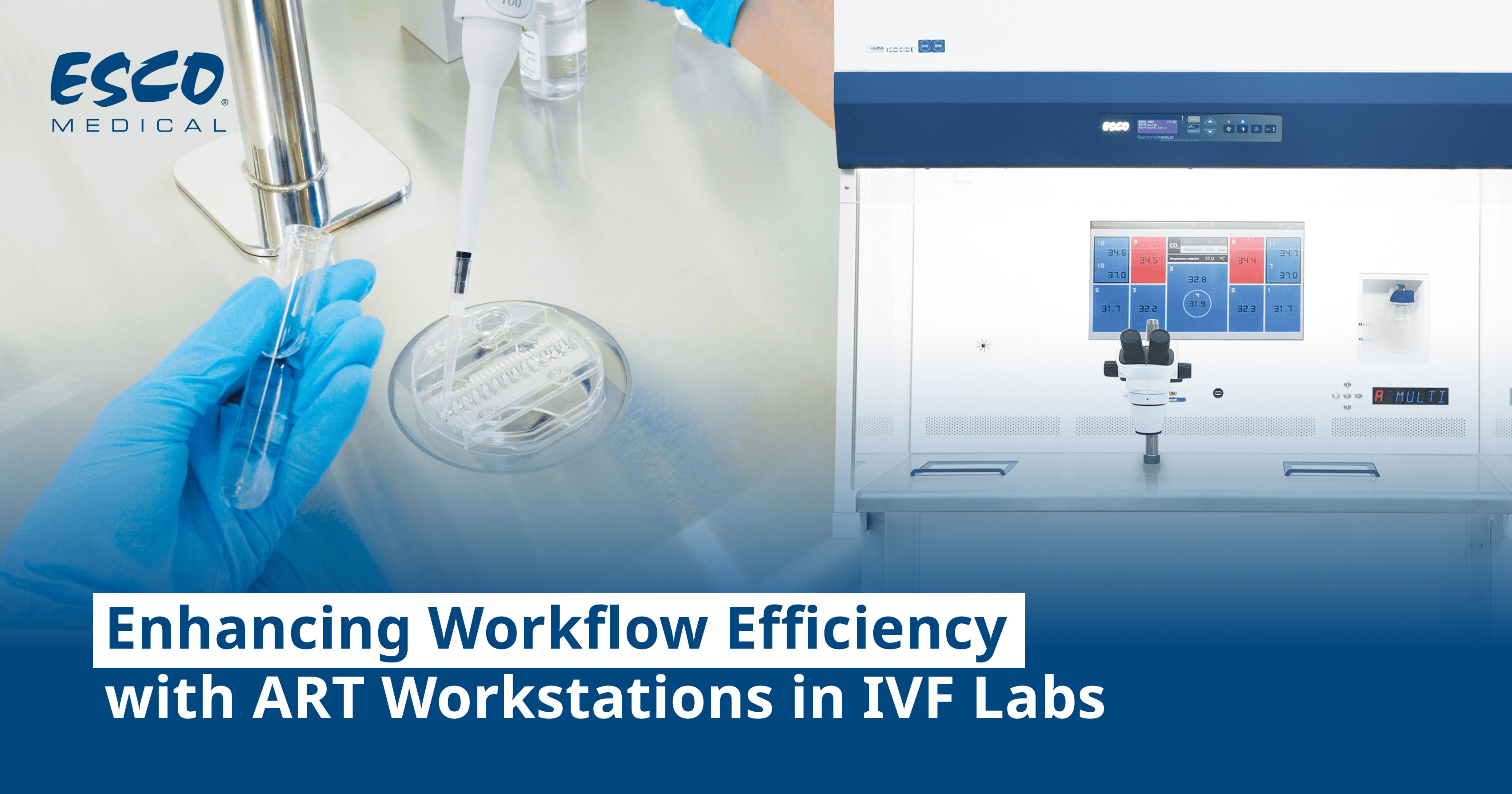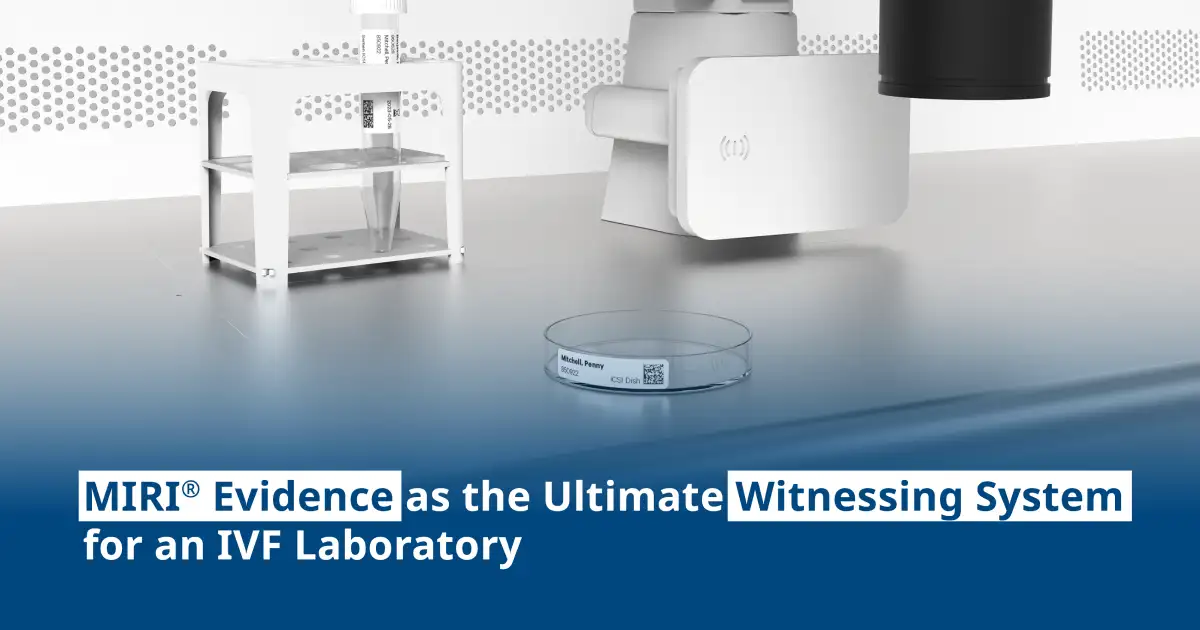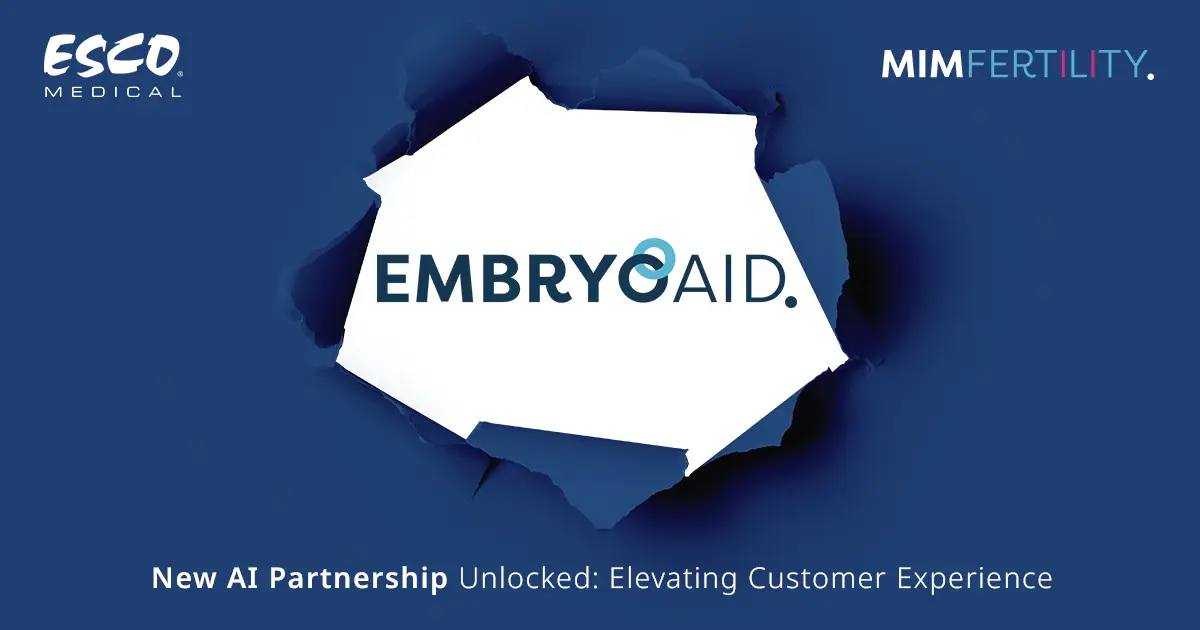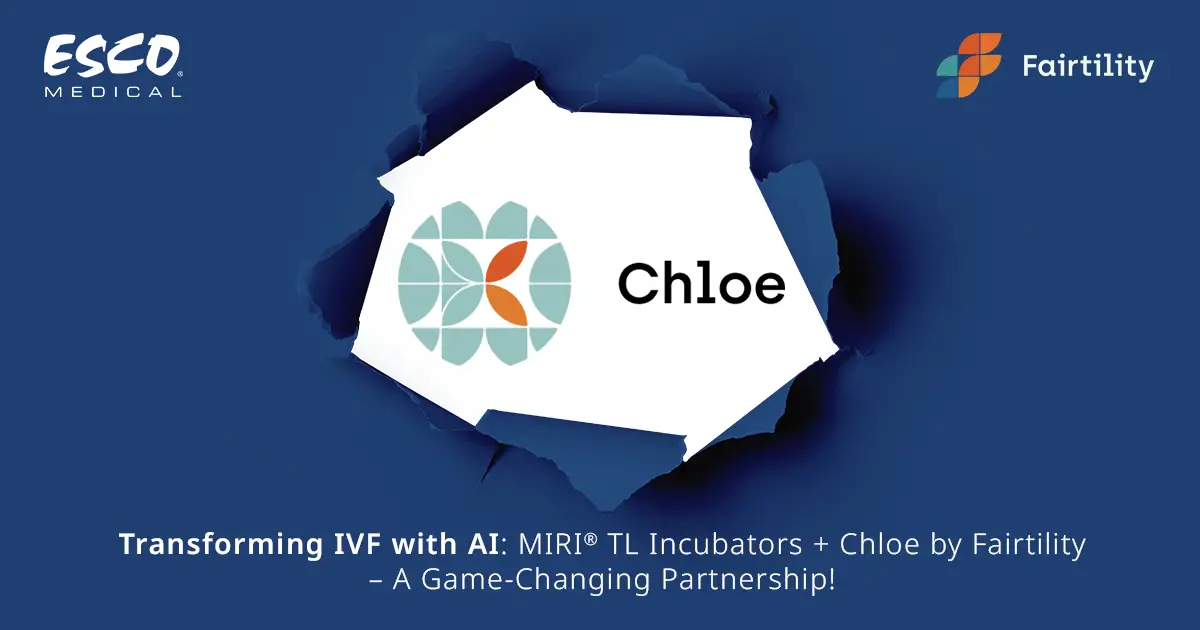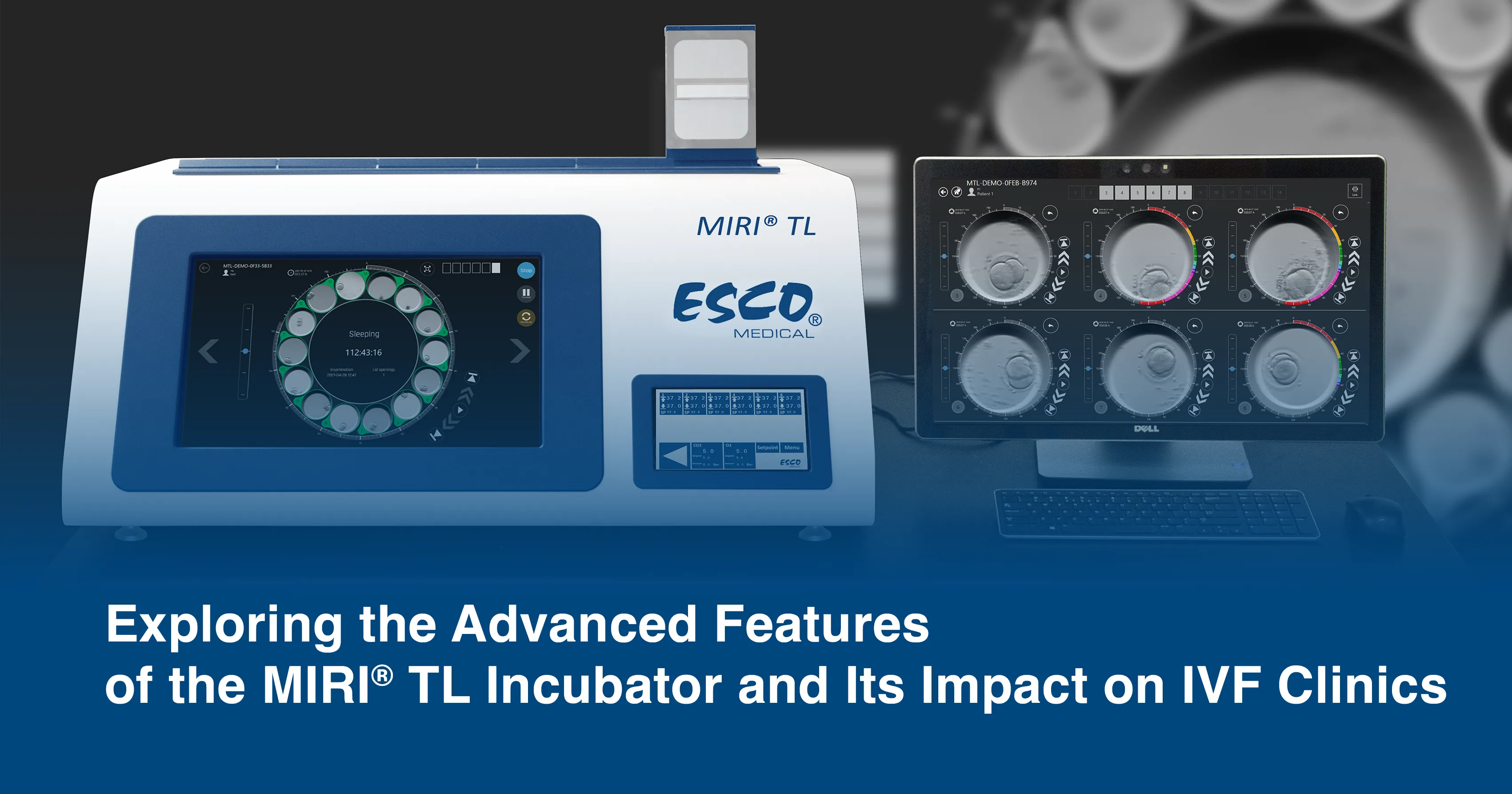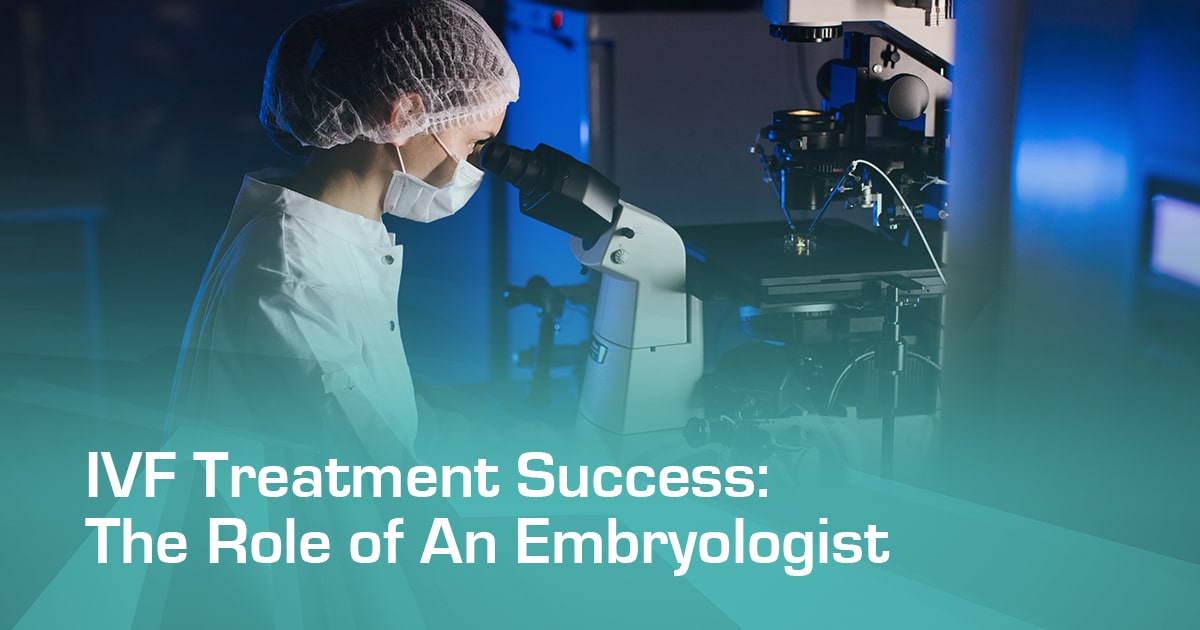
The importance of embryologists is frequently underestimated when discussing the success rates of In Vitro Fertilization (IVF) treatments or any Assisted Reproductive Technology (ART) techniques. Most people are unaware that they are even involved in these processes. Notwithstanding this misunderstanding, people shouldn't forget that embryologists are fundamentally scientists who are instrumental in the effective use of cutting-edge ART treatments to help combat infertility and conceive children.
With over 40 million couples and 180 million individuals having experienced infertility according to the World Health Organization (WHO), the role of embryologists in the IVF industry is further needed.
What is an Embryologist?
An embryologist is essentially a scientist who assists in the production of viable embryos for either IVF therapy or embryo freezing. An embryologist's duties include carefully monitoring and caring for the genetic material utilized to develop embryos. Also, they continuously monitor the embryos' growth and condition. To increase success rates, this calls for a thorough understanding of the science underlying maintaining sperm, eggs, and embryos outside of the human body using clinical procedures and technology support.
Human embryology, reproductive endocrinology, and genetics are all areas of specialization for embryologists who need to handle sperm and eggs to produce embryos during In Vitro Fertilization (IVF) and observe their development to, ultimately, choose healthy embryos suitable for implantation.
Embryologists in the Clinical Setting
Embryologists play a critical role in every part of the IVF process, from carefully choosing egg donors through a series of assessments to securely storing ovarian tissue, semen, and embryos in order to prevent any elements from impeding cell growth.
Lab and Clinic Maintenance
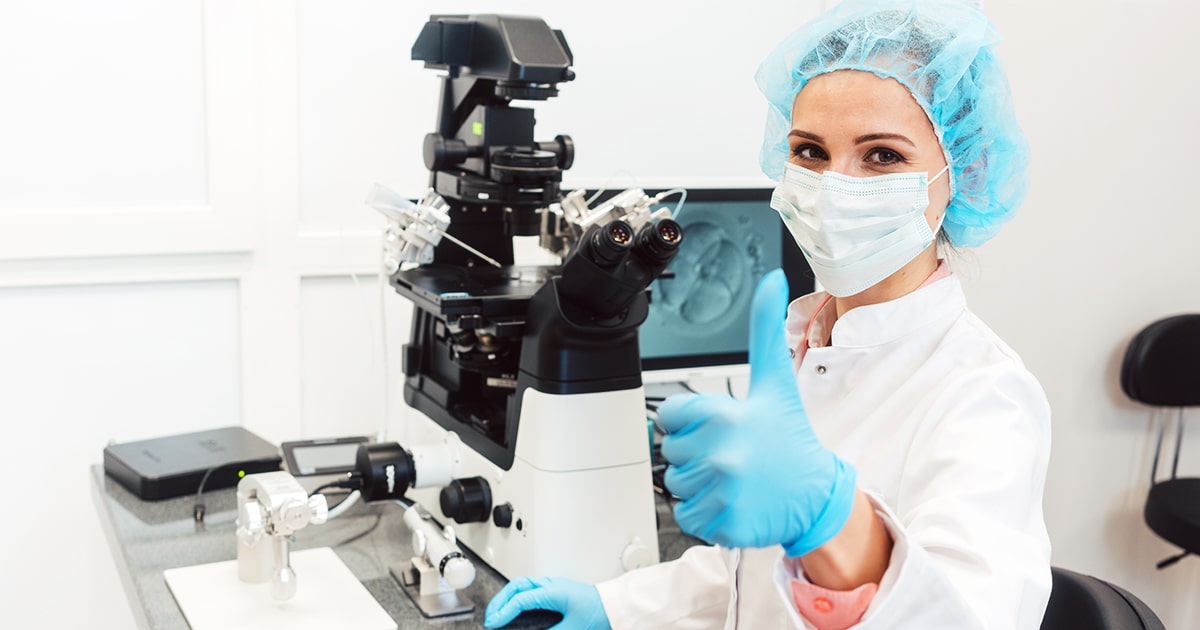
The embryologist keeps the lab at the ideal temperature for the development of embryos. Each effective IVF laboratory must strictly regulate factors including temperature, air quality, and humidity. They must turn on all of the heat stages and lights, and record the temperatures of all of the apparatus to make sure everything is functioning properly. They review the schedule to determine what should be completed first. These are typically the checks on fertilization and the embryos that are set to be transferred.
The best embryo for transfer will subsequently be selected by the embryologists, who will then place it in a dish containing unique transfer media. While thawing an embryo, a dish is prepared with appropriate thawing medium and then pre-warmed until the thaw is complete.
Procedures
An embryologist is typically setting up for operations like embryo transfers and egg retrievals while another is taking care of embryo checks and thaws. Another embryologist may even be interacting with patients and guiding them through the process of taking their samples. They work alongside doctors to keep the flow in the clinic smooth. Embryologists can have a variety of roles in the laboratory without being limited to one role.
Egg Retrieval
With the aid of a catheter, mature follicles in the ovary are harvested (needle, not catheter). These eggs are extracted from the follicular fluid by a specialist and placed in the ovaries. The embryologist separates eggs from this fluid and gets them ready for the subsequent step in the therapeutic process.
The embryologist receives tubes of follicular fluid once the egg retrieval process has begun. To find the eggs, they pour this into dishes and examine them under a microscope. They are put in a container resembling the fallopian tube, set aside to be kept warm until all the eggs are gathered, and then put into dishes customized with the patient's information. They are then kept in an incubator until later that day so they can be fertilized.
Embryo Transfer
After about 5 days, the embryo reaches the blastocyst stage. At this time, a woman's uterus may receive 1-2 embryos for transfer. In order for the doctor to implant the embryo in the uterus, the embryologist takes it up and loads it into a catheter.
Once the patient's information has been confirmed, embryologists return to the lab to insert the embryo into the catheter. It involves loading a large object into a very tiny, floppy tube while viewing through a microscope. Once the doctor has passed the catheter through the cervix, the embryologists will take it into the transfer room and carefully insert the embryo into the uterus. The catheter is then brought back to the lab to be examined for clarity.
Other Preparation Tasks
The culture systems used in IVF require a lot of planning. There are various types of dishes that embryologists would need to make, such as IVF dishes, ICSI dishes, and thaw dishes. All dishes need to be properly labeled and prepared individually using appropriate media. They are prepared the previous day since the media needs enough gas in a CO₂ incubator to be at the right pH for the embryos.
There might be embryos that are appropriate for freezing after the embryo transfers and inspections. Each patient who has embryos frozen will have an embryo cryopreservation sheet added to the file, which must be filled out with all the embryo and patient information, and special freezing equipment must be labeled separately with individual embryo numbers. The freeze is carried out and the embryos are stored once all of the equipment is prepared. It may take hours to finish all of the freezing, depending on how many patients and embryos there are.
Insemination
The eggs must be inseminated with either IVF or ICSI 4-6 hours following egg retrieval. The doctor and each patient's or couple's unique circumstances will determine which approach is best. In IVF, each dish is filled with a certain quantity of the cleansed sperm before being placed back in the incubator. ICSI involves stripping the eggs of their puffy cumulus cells and inspecting them for a polar body, a sign of a developed egg. One sperm is inserted into the developed eggs before they are placed back in the incubator. In either case, it takes about 16 to 18 hours before fertilization symptoms appear.
The embryologists' responsibility after all inseminations and procedures is to ensure that everything has been finished, all patients have been contacted, and everything is prepared for the next day.
Embryo Freezing
Healthy embryos are frozen using a unique procedure called cryopreservation by embryologists. During this procedure, ice crystals cannot harm the embryo and biological activity in the embryo is halted until it is thawed at a later time.
Genetic Testing
Embryologists are also involved in genetic tests like PGD and PGS and embryo biopsies. In order to check for chromosomal abnormalities in embryos, embryologists also perform embryo biopsy. On either Day 3 or Day 5 of embryo development, a biopsy can be done. An embryo is used for a biopsy by removing a single cell on Day 3 or a small number of cells from the Trophectoderm on Day 5 with the least amount of risk to the embryo. Most abnormally chromosomally constituted embryos fail to implant or result in miscarriages. The likelihood of a healthy pregnancy is significantly increased by genetic testing.
Incubation and Monitoring
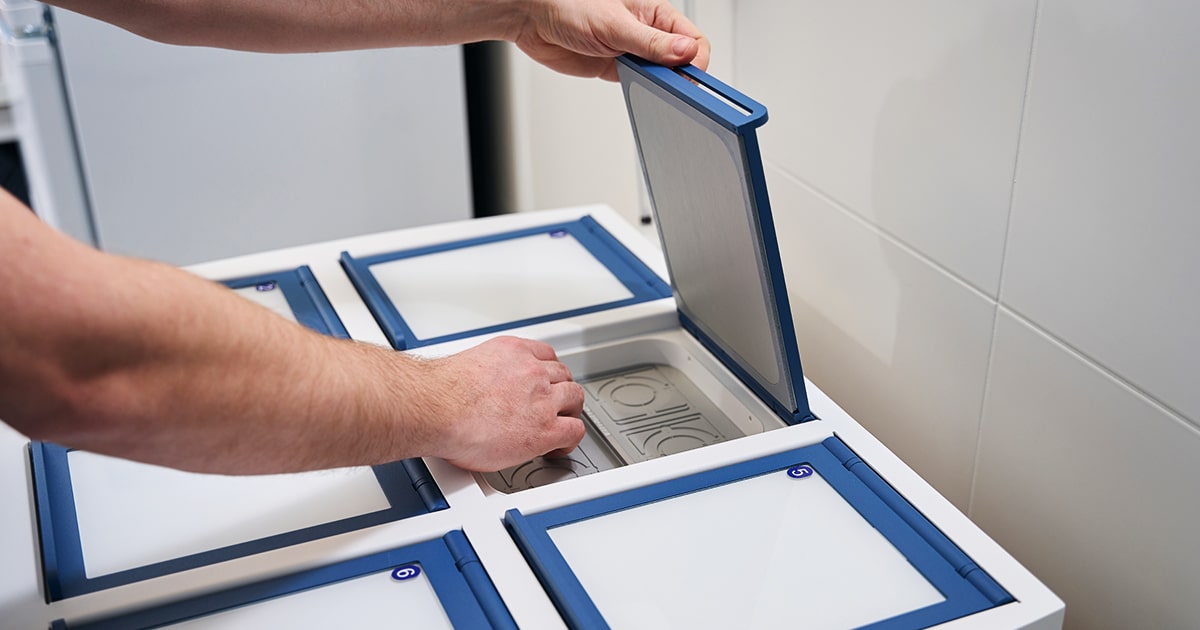
The embryologist places the fertilized eggs in an incubator with temperature and pH controls that replicate the uterus' environment. These ideal circumstances allow the fertilized egg to develop into an embryo. The embryologist changes the culture media and inspects the embryos on a regular basis.
The Future of Embryologists in the IVF Industry
There is a rising demand for ART procedures as more and more couples increasingly turn to IVF when they are unable to conceive naturally. This suggests that there will be a demand for qualified embryologists as well to further increase success rates of IVF. Since technology unquestionably dominates the IVF sector, the surplus of need for embryologists will also necessitate the need for intense understanding in the use of emerging technologies in the near future.
An embryologist can be engaged by assisted reproductive clinics in government, private hospitals, and life sciences solutions providers or medical equipment manufacturers, such as Esco Medical. An embryologist’s career requires extensive training in management, clinical or laboratory abilities, and keeping up with the most recent technological advancements.
